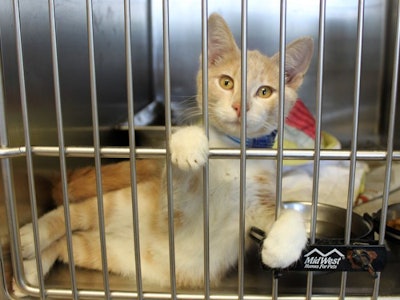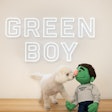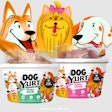
In 2022, the number of cats and dogs adopted from pet shelters in the United States remained similar to the year before, with only a small increase. Cat adoptions increased more than dogs in 2022 compared to 2021. Data from 24Pet’s ShelterWatch revealed trends in pet adoptions last year. 24Pet is a software provider for animal welfare organizations.
Dog adoption numbers stood at 398,477 in 2022, a small increase over the previous year’s 393,712 dog adoptions. This represents an increase of approximately 1.2%.
Last year, U.S. residents adopted approximately 2% more cats than in the previous year. In 2021, 528,526 cats were adopted from shelters, rising to 539,015 in 2022.
At the same time the number of both dogs and cats taken into shelters decreased from 2021 to 2022, especially when comparing the final months of both years.
Factors influencing pet population in the US
Last year, the crisis of the lingering COVID-19 pandemic gave way to concerns over inflation and war. Supply chain disruptions lingered as well. Pet food prices increased with inflation, while some pet owners had trouble finding preferred brands. With the decline of coronavirus cases came demands from employers that workers return to their offices. These factors together created challenges for pet owners. Nevertheless, the United States remained the world’s largest market for dog, cat and other pet foods.
In the 2021-2022 APPA National Pet Owners Survey, pet owners in the United States responded that 54% of their household contained dogs. Cats followed, making their homes in 35% of households. U.S. pet owners also kept freshwater fish (9%), birds (8%), small animals (5%), reptiles (4%), saltwater fish (2%) and horses (3%). APPA market research suggests that 70% of American households now include a pet of some species.
Generational differences in pet ownership
Between 2018 and 2020, APPA survey data suggests that millennials continued to increase their share of pet ownership, as the gap between older and younger generations grew. Millennials now make up 32% of all U.S. pet owners, while baby boomers have declined to 27% of the total. In 2018, millennials were still the largest group at 31%, but baby boomers made up 29%, and Gen X accounted for 26%.
Meanwhile, the age group younger than millennials, Generation Z, grew to 14% of the U.S. pet owner population in 2020. Gen X dropped to 24% in that year.
Millennials have grown particularly in cat ownership, increasing from 30% to 34%, while only increasing one percentage point in dog ownership. Millennials also increased significantly in bird ownership, going from 36% in 2018 to 45% in 2020. Nevertheless, dogs are the top choice of pet among millennials. Eighty percent of millennial pet owners have dogs. Dogs also topped pet ownership in the other age groups.


















